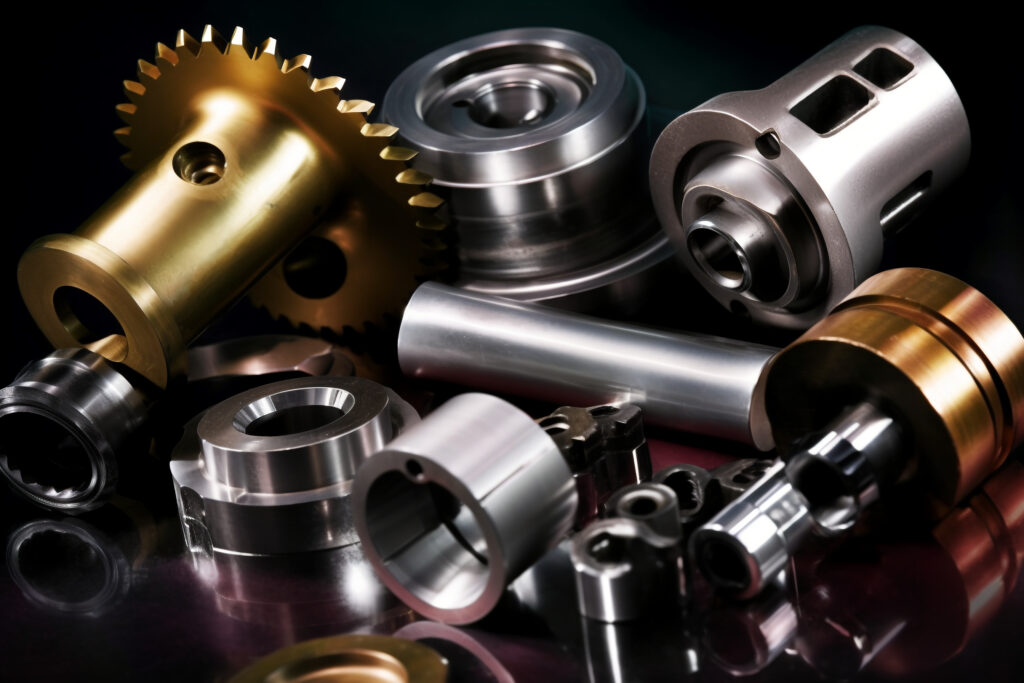The oil and gas industry operates in some of the most challenging and demanding environments, where equipment durability and performance are crucial. Cemented carbide, also known as hard metal or tungsten carbide, has proven to be an invaluable material in this industry due to its exceptional properties. In this blog post, we will explore the various applications of cemented carbide in the oil and gas industry and how it contributes to improving efficiency, reliability, and safety.
Drill Bits:
Drilling is a fundamental process in the oil and gas industry, and the durability and performance of drill bits are paramount. Cemented carbide is widely used in the manufacturing of drill bits due to its high hardness and wear resistance. Drill bit inserts made of cemented carbide can withstand the extreme forces and abrasive nature of drilling operations. These inserts maintain their sharp cutting edges for longer periods, resulting in increased drilling efficiency, reduced downtime, and lower overall drilling costs.Wear Parts for Pumps and Valves:
Pumps and valves used in oil and gas operations are exposed to highly abrasive and corrosive fluids. Cemented carbide is an ideal material for manufacturing wear parts such as pump plungers, valve components, and seals. Its exceptional wear resistance and corrosion resistance properties ensure prolonged service life and reliable operation in these critical components. Cemented carbide wear parts minimize downtime, reduce maintenance costs, and improve the overall efficiency of pumping and fluid control systems.Downhole Tools:
Downhole tools play a vital role in drilling, completion, and production operations in the oil and gas industry. Cemented carbide is extensively used in the manufacturing of downhole tools such as stabilizers, reamers, and fishing tools. These tools require high strength, wear resistance, and toughness to withstand the demanding downhole conditions. Cemented carbide provides the necessary properties to endure the high pressures, vibrations, and abrasive environments encountered during drilling and well intervention activities.Wear Protection for Equipment:
Equipment used in oil and gas operations, such as pipes, chutes, and cyclones, are subjected to severe wear and erosion. Cemented carbide coatings and overlays can be applied to these components to provide excellent wear protection. The hard and wear-resistant nature of cemented carbide significantly extends the service life of equipment, reducing the need for frequent replacements and maintenance. This leads to cost savings and improved operational efficiency in the oil and gas industry.Cutting and Milling Tools:
In the manufacturing and maintenance of oil and gas equipment, cutting and milling operations are common. Cemented carbide cutting tools, such as inserts, drills, and end mills, offer exceptional cutting performance and tool life. They can efficiently machine a wide range of materials, including hardened steel and high-temperature alloys. Cemented carbide cutting tools enable precise and efficient machining, resulting in improved productivity and reduced manufacturing costs.
Conclusion:
Cemented carbide has revolutionized several applications in the oil and gas industry, contributing to enhanced efficiency, reliability, and safety. Its exceptional hardness, wear resistance, and corrosion resistance properties make it an ideal material for various critical components and wear parts. From drill bits and downhole tools to wear protection coatings and cutting tools, cemented carbide plays a significant role in improving operational performance, reducing downtime, and minimizing maintenance costs. The applications of cemented carbide in the oil and gas industry continue to drive innovation and advancements, ensuring the industry’s ability to operate efficiently in challenging environments.



